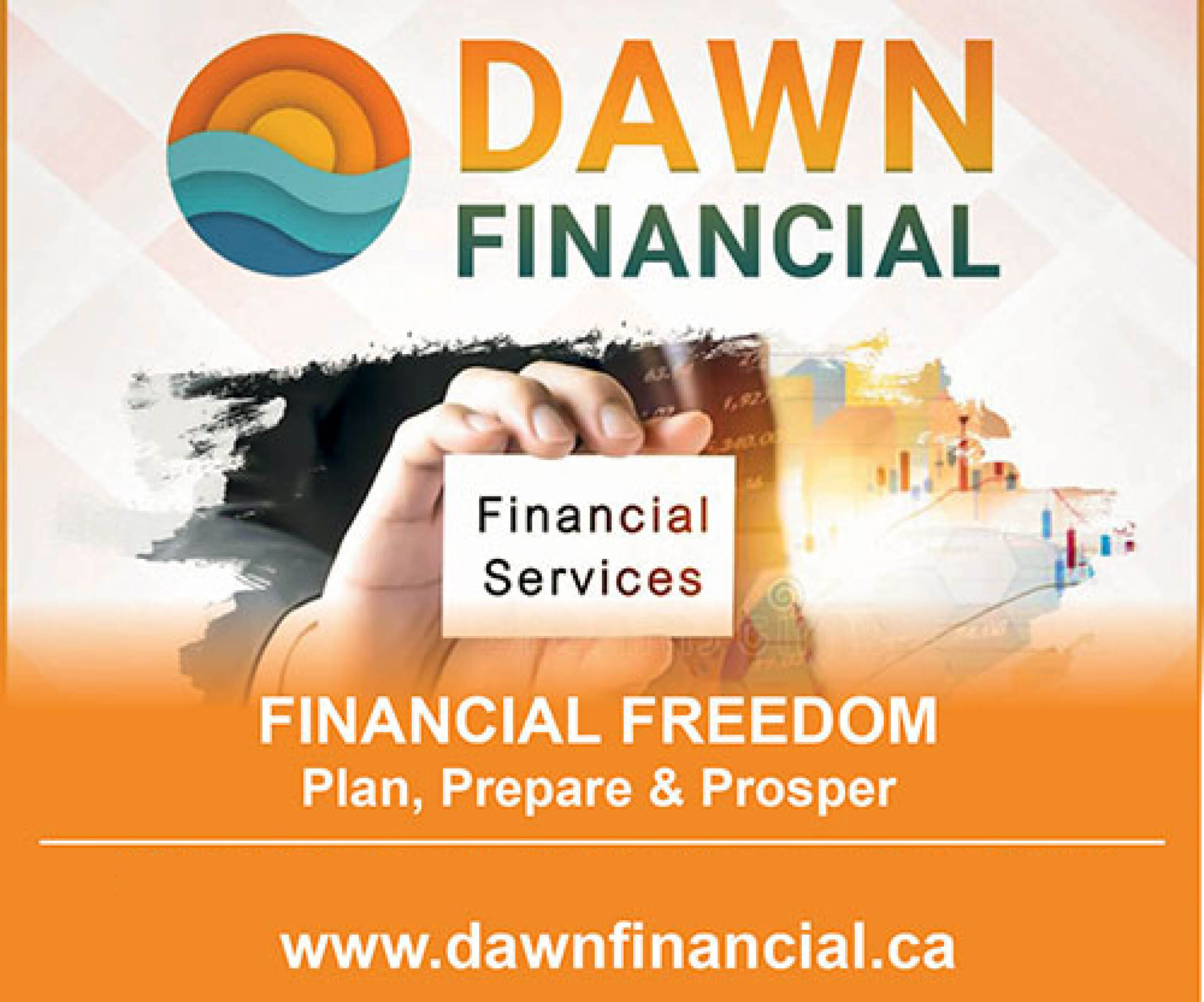We live in an age where “influence” is quantified by superficial metrics like likes, shares, and retweets. But as PR professionals, we know there’s more to it than social media numbers. True influence comes from making real connections, solving problems, and improving lives. Question is, in a world of short attention spans and seemingly shallow values, how do we build and nurture that influence over time? And how do we teach our clients to do the same?
By learning the answers, you can set yourself apart from other PR professionals who’ve succumbed to the lure of flashier, social-media-driven approaches.
“People still crave the values and meaningful interactions that create real influence—perhaps, in fact, more than ever,” says Robert L. Dilenschneider, author of USA TODAY Bestseller The Ultimate Guide to Power & Influence: Everything You Need to Know (Matt Holt Books, July 2023, ISBN: 978-1-6377429-3-8, $28.00). “These are timeless fundamentals based on human truths. They remain unchanged, even as new technologies transform the landscape.”
Dilenschneider is an expert on cultivating meaningful influence in our distracted digital era. He suggests shifting our focus from racking up follows to clarifying our purpose, adding value to others, and building strong networks based on shared values. It may sound like he’s calling on us to go retro—and he is, up to a point.
“I’m not suggesting we abandon social media altogether,” he asserts. “It has a role to play; it’s just not the big key for building influence. We still need old-fashioned relationship-building, targeted outreach, and a nuanced understanding of which platforms to leverage and when.”
As PR professionals, we need to understand influence for two reasons. One, we must build and wield our own influence to win (and keep) clients, and to strengthen and leverage relationships inside media networks. Two, we must advise and coach our clients on how to shape, strengthen, and nurture their own influence. (Providing this guidance is actually a big part of our jobs.)
That said, here are some insights and advice on influence to absorb :
Influence isn’t what most people think it is. It’s not about being pushy or manipulative, or convincing resisters to change their minds. Nor is it about who can get the most likes or brand endorsements, or get others to follow the trends they set. This “influence” is not lasting. Real influence is about directing your power in a helpful way.
“Real influence comes from the ability to help the people around you, and to shape the world into a better place,” says Dilenschneider. “This is what makes others want to follow you, and what will ultimately drive your success.
“I’ve learned the key to having influence is to get people to focus on a problem that is clearly and succinctly stated (and usually, you’ll have to be the one to do the clarifying and the stating),” he adds. “Then, find out why the issue is so emotionally important to the people involved; and finally, offer a solution that satisfies all the parties needed to make the solution work.”
Networking is about helping, not asking for help. It’s not just shaking hands and smiling at networking events. It’s about really connecting with people based on shared values and being prepared to add value. Focus on what you have to offer. The people you connect with need to come away thinking about what you could do for them, rather than the other way around.
“Networking is an ongoing process, not a one-and-done activity,” says Dilenschneider. “You may think the purpose of your network is to grow your business, make sales, recruit, or be recruited. But the truth is that it’s about building relationships.”
Understand how the favor bank works (and use it). “I think of networking in terms of ‘favor banks’—coined by Tom Wolfe in his novel The Bonfire of the Vanities,” says Dilenschneider. “The book is satire, but Wolfe’s point about favor banks captures an essential element in how the world of influence works.”
Working the favor bank boils down to this: Help other people, and they will be more willing to help you. You make a “deposit” into the virtual favor bank, and later you will inevitably make a “withdrawal.” Just be sure when you make that withdrawal, you do so elegantly and graciously so that everyone wins.
“If this sounds a little manipulative, don’t worry—it’s not,” says Dilenschneider. “It’s simply a way of practicing the timeless concept of reciprocity.”
Social media is not a magic wand—but it does have its place. Social media can help you make connections with contacts and develop new ones. It can keep you on top of trends and public opinions. It can spark new ideas. It can shine a spotlight on your work and company, and enhance the brand of both. On the other hand, oversharing on social media can be incredibly destructive. You run the risk of attracting the wrong kind of attention or wandering into a political minefield.
“That said, too many people try to build their whole ‘influencing’ strategy around what works on social media. Don’t do that,” says Dilenschneider. “In fact, it should be the other way around. Pinpoint your message and what you really need to accomplish, and then formulate a social media strategy to match. This involves critical thinking and maintaining perspective.”
Clarity always beats complexity. Before you post anywhere, ask yourself, What am I really trying to achieve? Start by thinking critically about what you’re trying to do, who you need to do it, and what might influence them. Gaining clarity on these issues might be tougher than you think, but it’s absolutely necessary, says Dilenschneider.
“When clients are having trouble figuring out how to get their idea or project moving, I tell them to first grab a blank sheet of paper,” he advises. “Then I say, ‘In two to three sentences, write what you want to do.’
“Some people would rather turn it over to staff to come up with a 50-page report, but you have to be able to distill it down to its essence before you can pitch it to others,” he adds. “You need to figure out who the decision-makers are and decide on the most productive way to reach them. And social media won’t always be the best way.”
Prioritize real-world relationships. They still mean something. Even in the “age of social media,” leveraging personal relationships is often the best way to get the job done. In many instances, social media can’t compete.
“A client came to me the other day and wanted to get a big project moving—he wanted social media,” relates Dilenschneider. “I said, ‘There are seven people you need to reach, including one in government and one in media. Get your argument in front of those seven people. They are the ones who count for this project.’ He did not use social media. Instead, he found unique ways to reach out to each of the seven. He was successful.”
All this advice isn’t just for PR professionals and their clients, says Dilenschneider. Everyone, whatever our industry, position, or age, needs to build our influencing skill set—especially now.
“When all paradigms are being disrupted, our ability to influence becomes incredibly important,” he says. “It’s what allows us to find the opportunity hidden in the uncertainty. It’s what allows us to thrive in virtually any field and any job. It’s what gives us staying power.”
Robert L. Dilenschneider, author of USA TODAY Bestseller The Ultimate Guide to Power & Influence: Everything You Need to Know, formed The Dilenschneider Group in October 1991. Headquartered in New York, Miami, and Chicago, the firm provides strategic advice and counsel to Fortune 500 companies and leading families and individuals around the world, with experience in fields ranging from mergers and acquisitions and crisis communications to marketing, government affairs, and international media.
Prior to forming his own firm, Dilenschneider served as president and chief executive officer of Hill and Knowlton, Inc., from 1986 to 1991, tripling that firm’s revenues to nearly $200 million and delivering more than $30 million in profit.
Dilenschneider was with that organization for nearly 25 years. Dilenschneider started in public relations in 1967 in New York, shortly after receiving an MA in journalism from Ohio State University and a BA from the University of Notre Dame.
He has authored 18 books, including A Briefing for Leaders, The Public Relations Handbook, Decisions, and Nailing It.
For more information, please visit https://robertldilenschneider.com/.
About the Book:
The Ultimate Guide to Power & Influence: Everything You Need to Know (Matt Holt Books, July 2023, ISBN: 978-1-6377429-3-8, $28.00) is available at bookstores nationwide and from major online booksellers.





















